Visit here for full coverage of the Orlando mass shooting.
I was driving from Sarasota, Florida, to Washington in the pre-dawn hours Sunday morning when my iPhone chirped a news alert.
“More than 50 people dead at a nightclub shooting in Orlando. The deadliest mass shooting in U.S. history.”
And later, news that the gunman reportedly called 911 to declare his loyalty to the Islamic State in Iraq and Syria (ISIS) before committing the act, investigators said.
The preceding Monday, less than a week earlier, I had returned to the United States for only my second visit in about two years. In the intervening time I had been on the front lines in Ukraine, in Iraq, and I had visited Paris days after the deadly November terrorist attacks. I had seen, as a war correspondent, the pain of war and the evidence of evil up close and personal.
But I thought I had left war behind and come home to peace.
Unknowingly, as I drove past Orlando late Saturday night, I passed within miles of the attack. A day later, the significance is not lost on me.
A few weeks ago I was on the front lines outside Mosul, Iraq, embedded with the Kurdish peshmerga. I watched ISIS fighters through binoculars across less than a mile of no man’s land. At night I witnessed gun battles amid the unending background din of U.S. warplanes and airstrikes.
Days later, I traveled to Sinjar, Iraq, to observe firsthand ISIS’s killing fields where the Islamic militants had slaughtered thousands of innocent civilians in an act the U.S. has labeled genocide.
But that was Iraq. Last Monday I came home to Sarasota, Florida, a two-hour drive from Orlando.
Our country is no stranger to mass shootings. But this one feels different. Maybe it’s the number of casualties. Maybe it’s the reality setting in that we are in a war, and our homeland is a battleground.
The U.S. soldiers I’ve visited in Iraq and Afghanistan and other locations abroad exist in a day-to-day reality, which those of us who have only known peace in our lives could never imagine. No matter what you might think, there is no movie, sport, or video game that can reproduce for one nanosecond the emotional spectrum of war.
Perhaps it’s a blessing that the rest of us cannot truly understand what it takes to be a soldier or combat pilot, or what it feels like to be in war. Maybe the greatest gift our men and women in uniform have given us is the everlasting mystery of what combat truly is.
But that mystery became a known reality for many in Orlando in the early hours Sunday. Those who survived the attack will live with those memories seared into their minds for the rest of their lives. And the families of the victims will never forget their pain.
Ernest Hemingway once wrote, “The war was always there, but we did not go to it any more.”
I knew the war was still there, but up until Saturday night I thought, as Hemingway wrote, I could choose not to go to it any more.
But I was wrong. And Hemingway wasn’t writing about the kind of war we now face.
You don’t have to go to this war. This one comes to you.
Conditioning
Why?
That’s the most natural question to ask in the wake of tragedy, or loss. Especially when one’s pain is due to another human being’s deliberate act.
Such savagery is even harder to comprehend if you cling to the evidence that people truly are good at heart.
Research, incidentally, suggests that human beings are naturally hardwired against killing each other. According to our own military’s training philosophy, it takes either a mental illness or psychological conditioning to overcome one’s natural aversion to taking another human life.
For a well-adjusted individual, intellectually rationalizing one’s casus belli or treating it as a professional chore is not sufficient to justify the act of killing. There has to be an emotional component; a belief that transcends logic that killing is merited.
“It is as though there were two filters that we have to go through to kill,” retired Army Lt. Col. Dave Grossman wrote in his book “On Killing”:
“The first filter is the forebrain. A hundred things can convince your forebrain to put a gun in your hand and go to a certain point: poverty, drugs, gangs, leaders, politics, and the social learning of violence in the media—which is magnified when you are from a broken home and are searching for a role model. But traditionally all these things have slammed into the resistance that a frightened, angry human being confronts in the midbrain. And except with sociopaths (who, by definition, do not have this resistance), the vast, vast majority of circumstances are not sufficient to overcome this midbrain safety net.”
A 2009 British study estimated that only about 1 percent of the human population is clinically psychotic. And in her 2005 book, “The Sociopath Next Door,” psychologist Martha Stout estimated sociopaths comprise about 4 percent of the U.S. population.
Based on this data, it is unlikely that the ranks of groups like the Taliban, al-Qaeda, and ISIS primarily comprise psychopaths or sociopaths. That means most militants in these groups, or those who commit violence in their name are mentally sane and have somehow, somewhere been psychologically conditioned to kill. And that includes those recruits who come from Europe and the United States.
Dehumanizing the enemy is a fundamental part of the conditioning process required to persuade soldiers to kill. Nazi propaganda during World War II often depicted Jews as rats and vermin and labeled Slavs as “subhuman.” While reporting on the Ukraine war, I encountered reports of pro-Russia activists calling for the murder of pro-Ukraine demonstrators, calling them “subhuman fascists who deserve to die.”
But it takes more than names to motivate someone to kill. Even a soldier in combat with a gun in his hand still has to be psychologically conditioned to kill.
In his book, “On Killing,” Grossman reported that between 80 percent and 85 percent of U.S. soldiers in World War II never fired their weapons at an exposed enemy in combat. And the military historian S.L.A. Marshall determined after studying World War II and the Korean War that only 25 percent of U.S. soldiers fired their weapons in combat.
In an effort to increase the percentage of soldiers capable of shooting to kill, in the intervening years between World War II, Korea, and the Vietnam War, the U.S. military changed its combat training programs to psychologically condition soldiers to kill, including the seemingly trivial shift from using circular targets on firing ranges to human-shaped ones. The effort worked—95 percent of combat soldiers in Vietnam fired at the enemy with the intent to kill, Marshall wrote.
Some argue humans are innately violent and killing is in our DNA. Yet, most combat veterans are ultimately troubled by the killing they’ve done, no matter how justified it was in battle. Killing, whether it was done out of military duty or survival, is a psychological hurdle for a well-adjusted, mentally sane individual. Even if those hurdles don’t come until long after the act of killing is committed.

Some blame the rise of radical Islamic terrorist groups like ISIS on reasons spanning the gamut from economic inequalities, the Sykes-Picot Agreement, the availability of firearms, and religious misinterpretation. But these theories fail to account for the wellspring of hate required to kick an innocent child in front of a truck to set up an ambush, decapitate a helpless noncombatant for the sake of YouTube hits, or open fire in a Florida gay nightclub.
If it took the U.S. military decades to learn how to get its soldiers to shoot to kill in combat, then what is the genesis of an equally effective, ongoing psychological conditioning campaign that has convinced thousands of Muslims living in the U.S., Europe, and around the world to join ISIS or launch attacks in the group’s name?
Where does that kind of hate come from?
Nolan Peterson, a former special operations pilot and a combat veteran of Iraq and Afghanistan, is a foreign correspondent for The Daily Signal. Copyright The Daily Signal. This article was originally published on The Daily Signal.
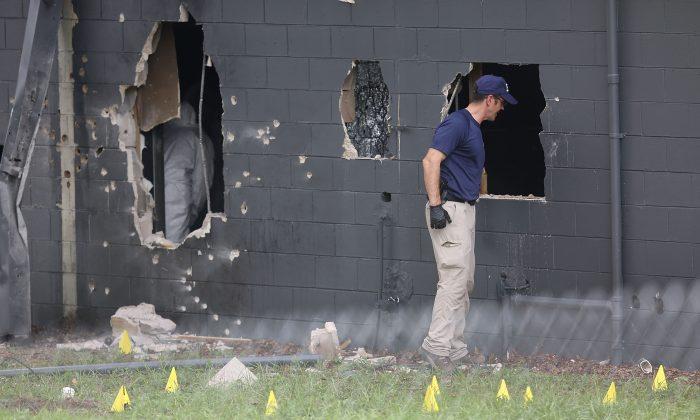

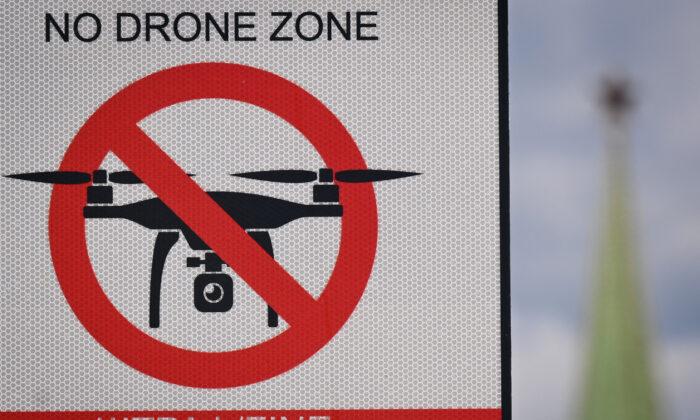
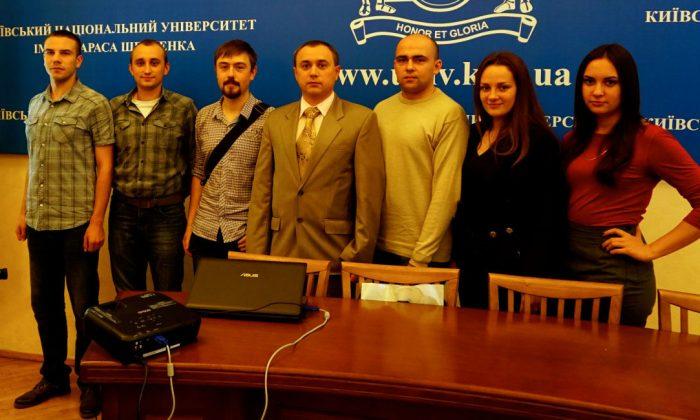
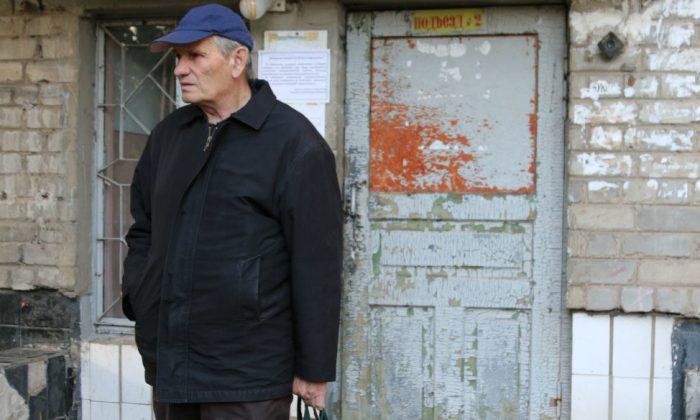
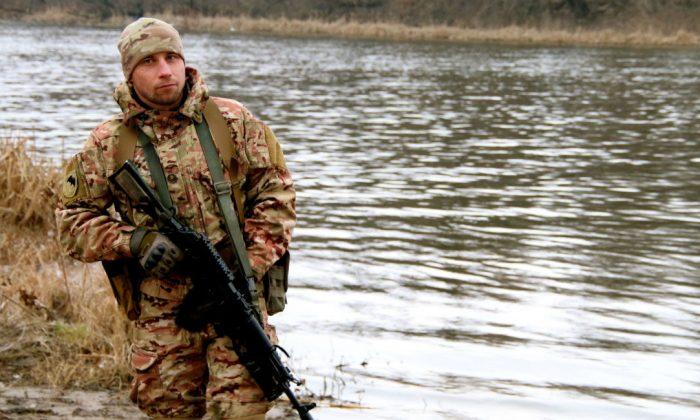
Friends Read Free